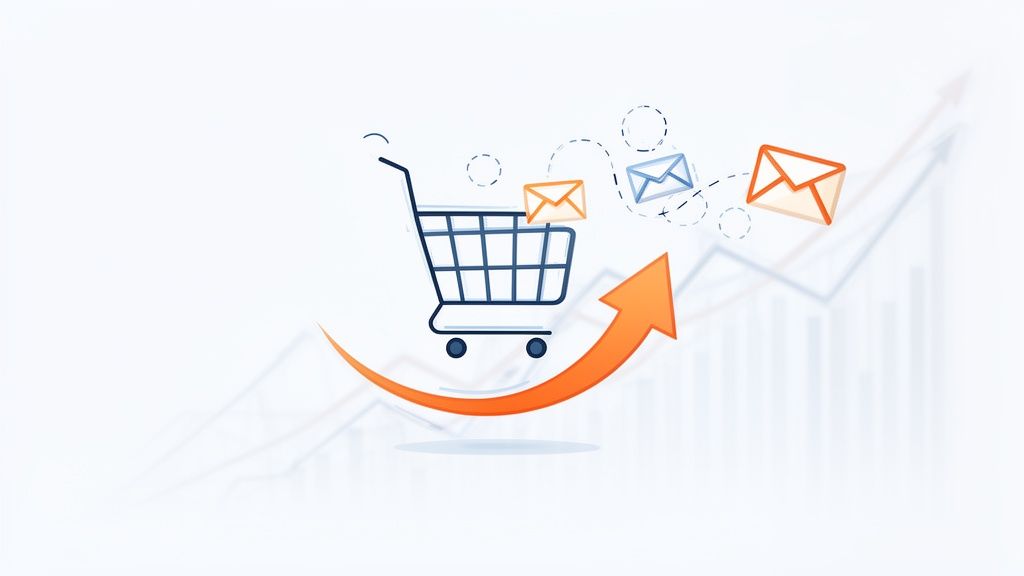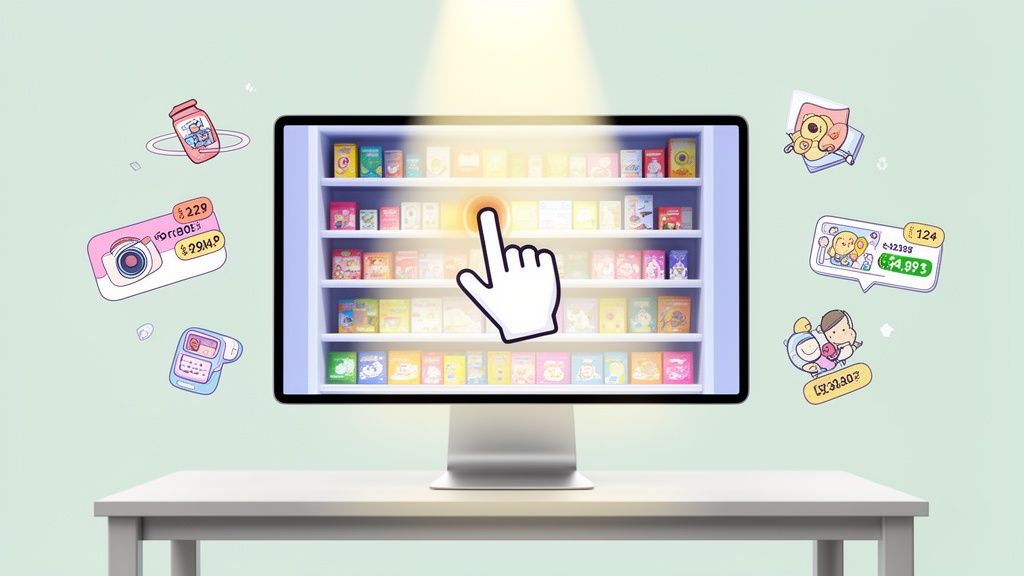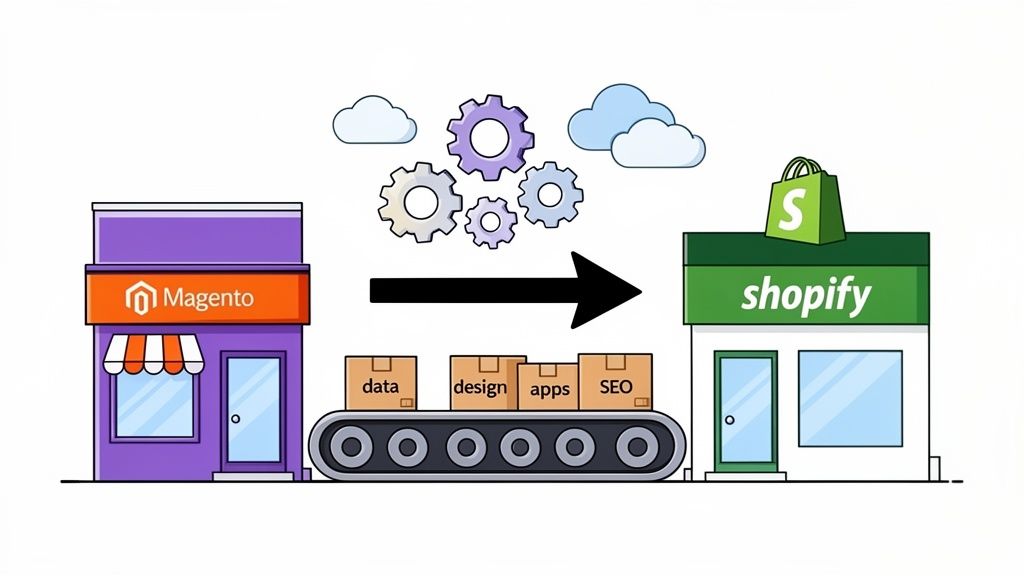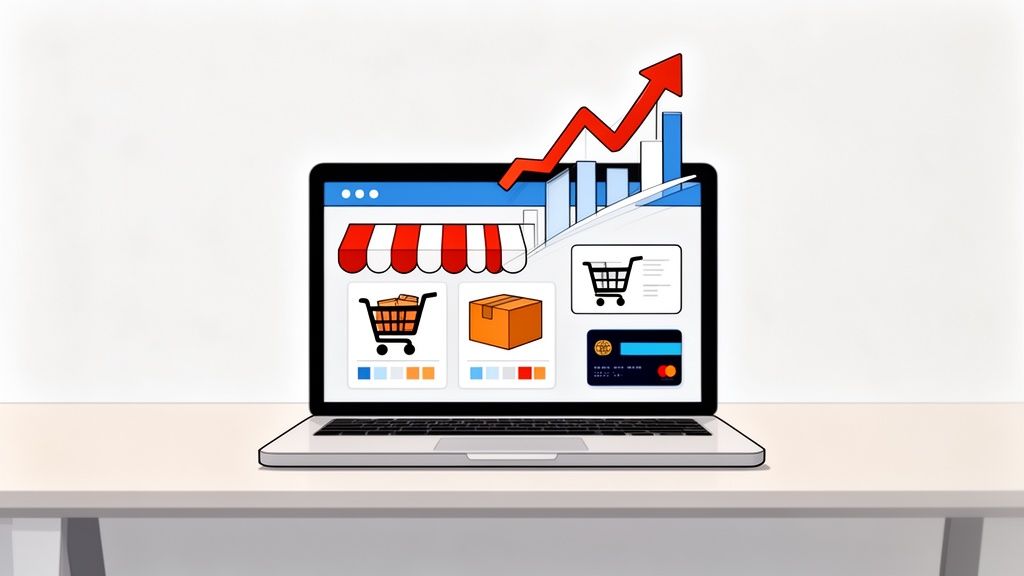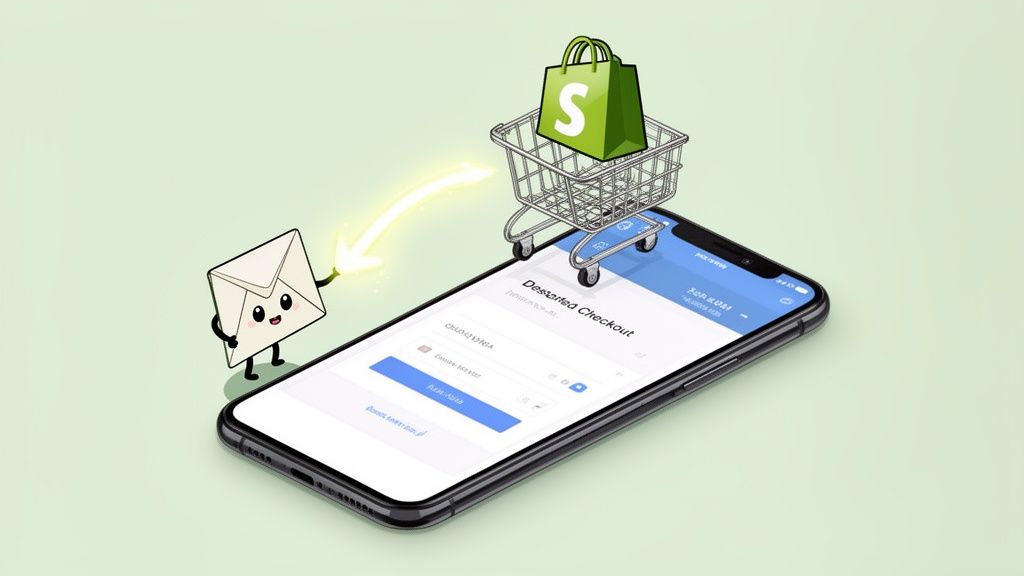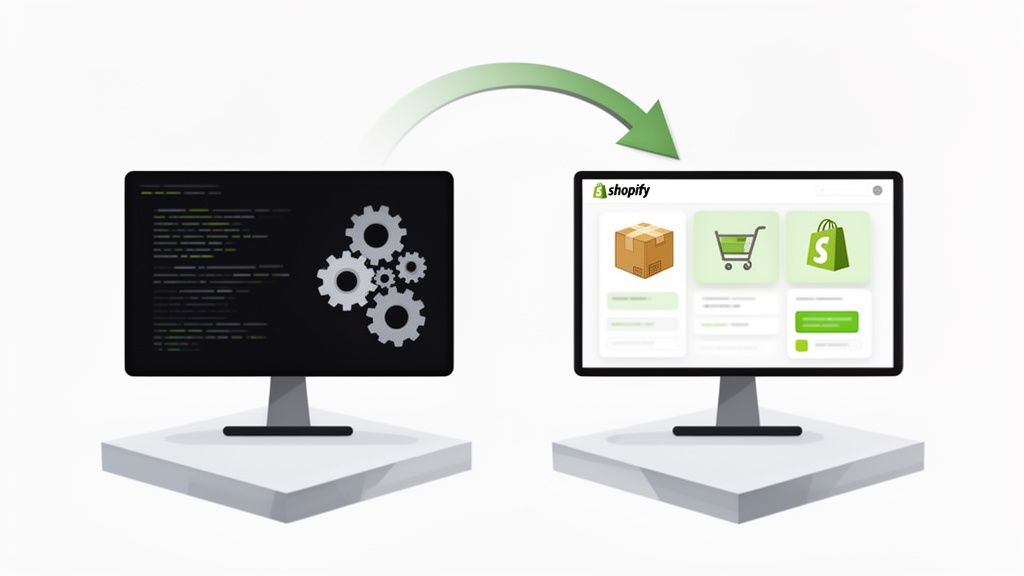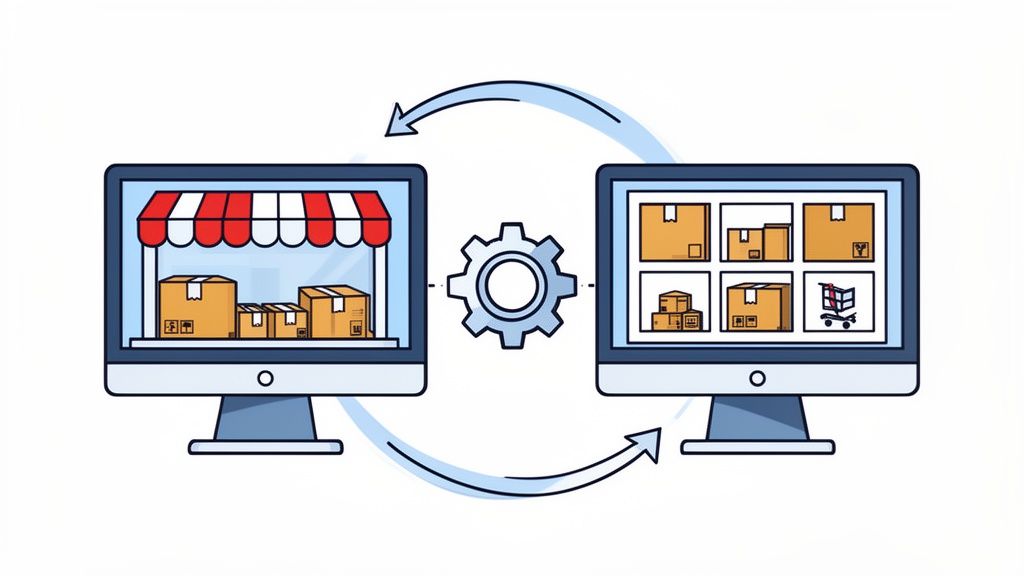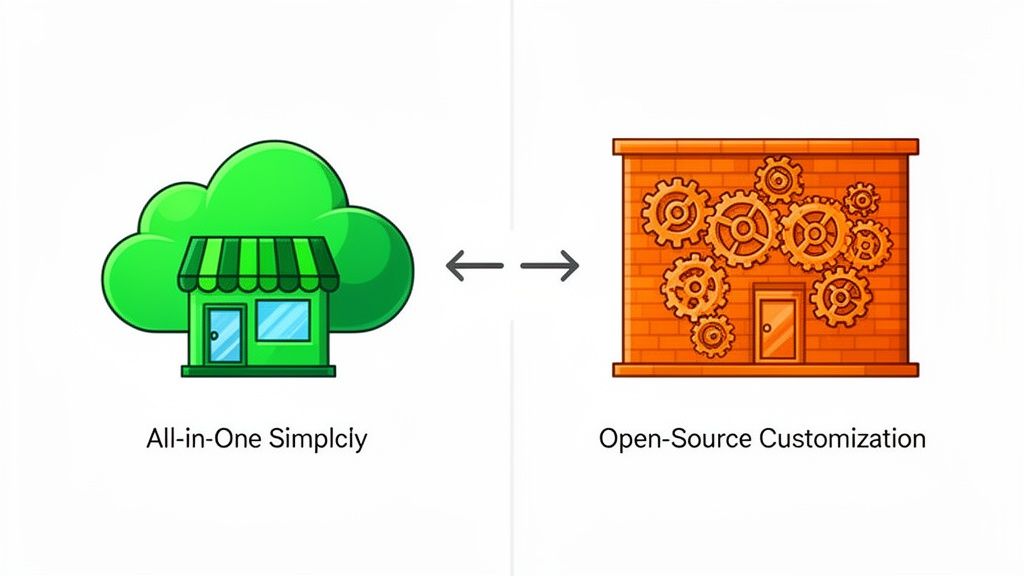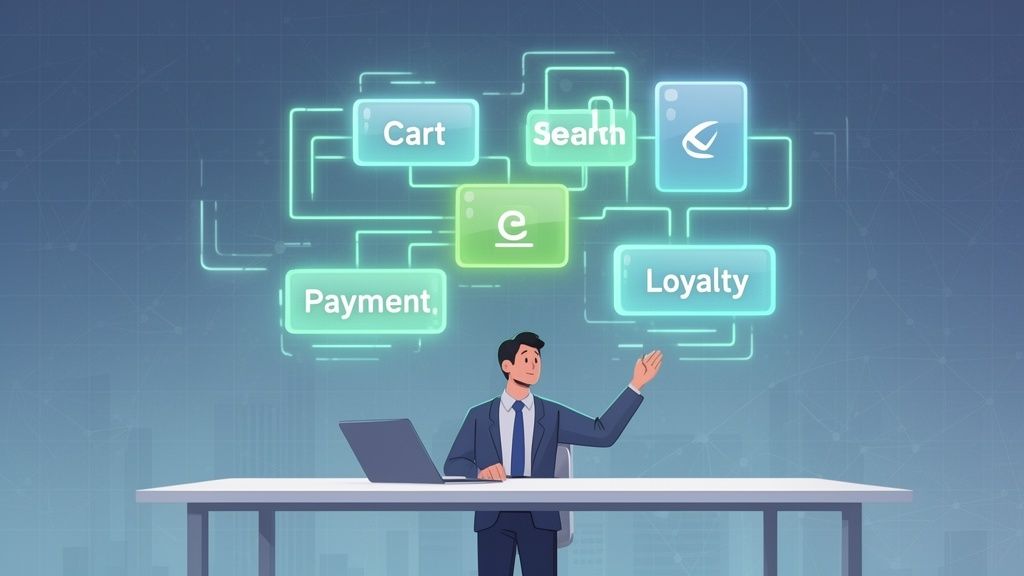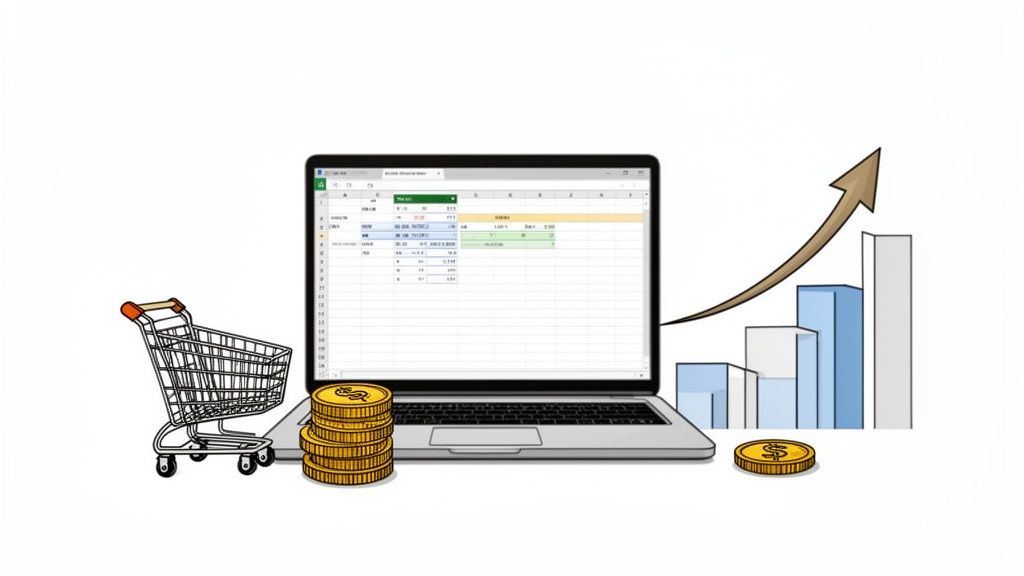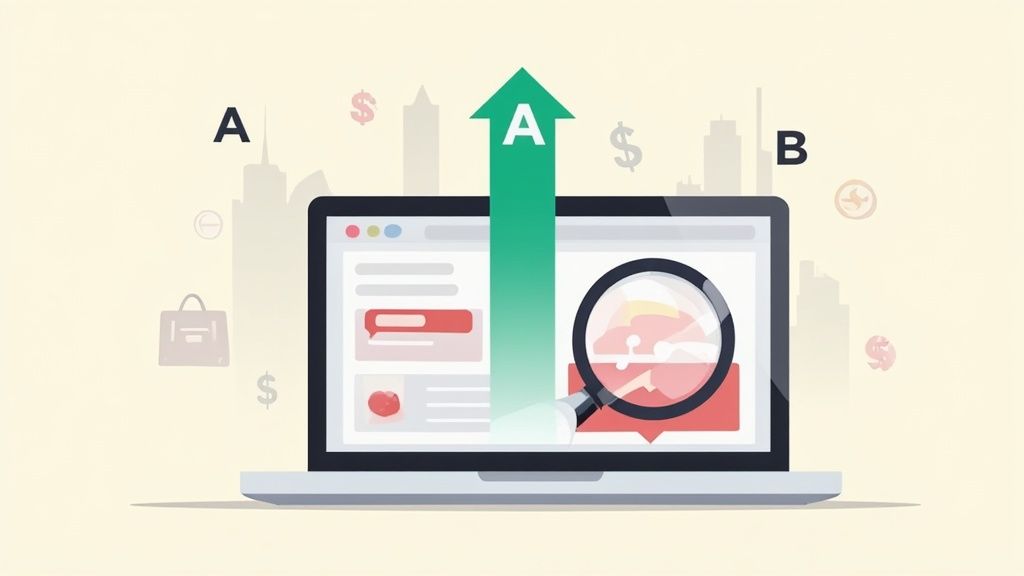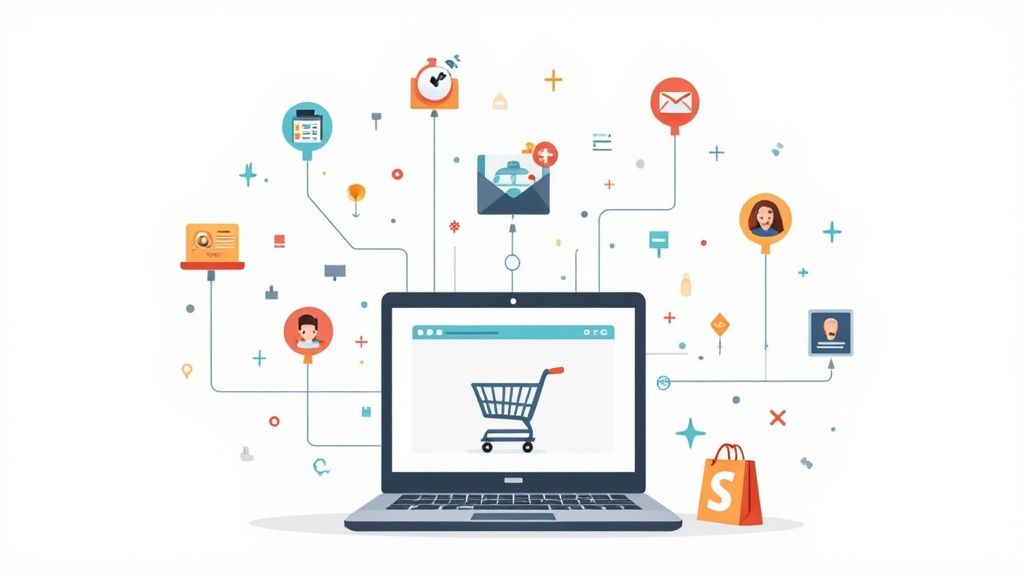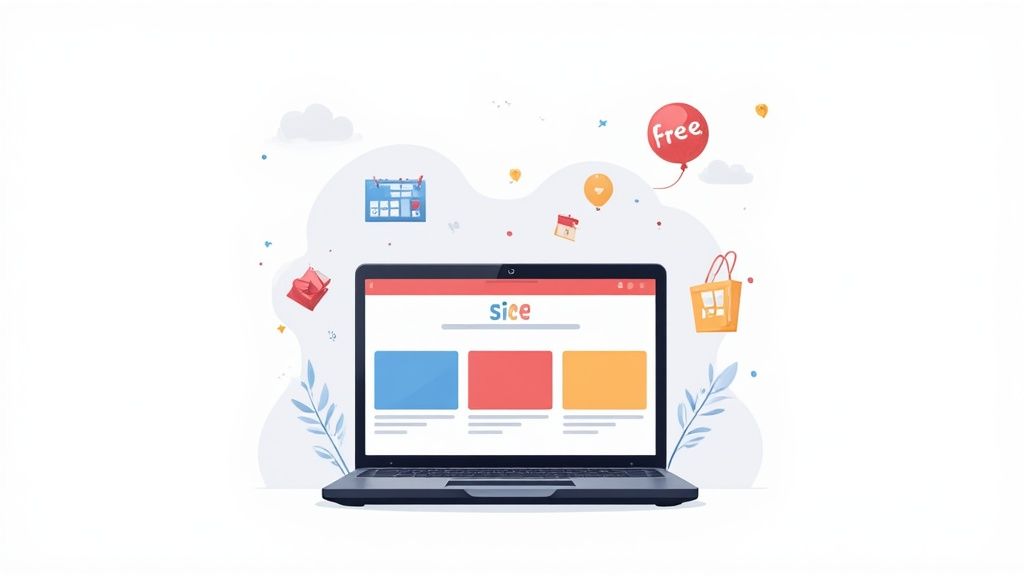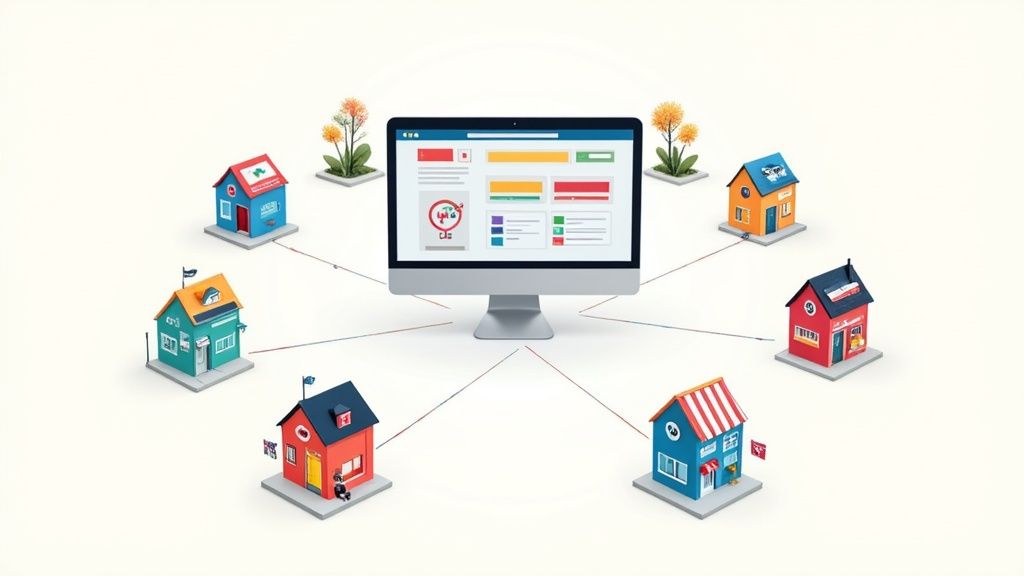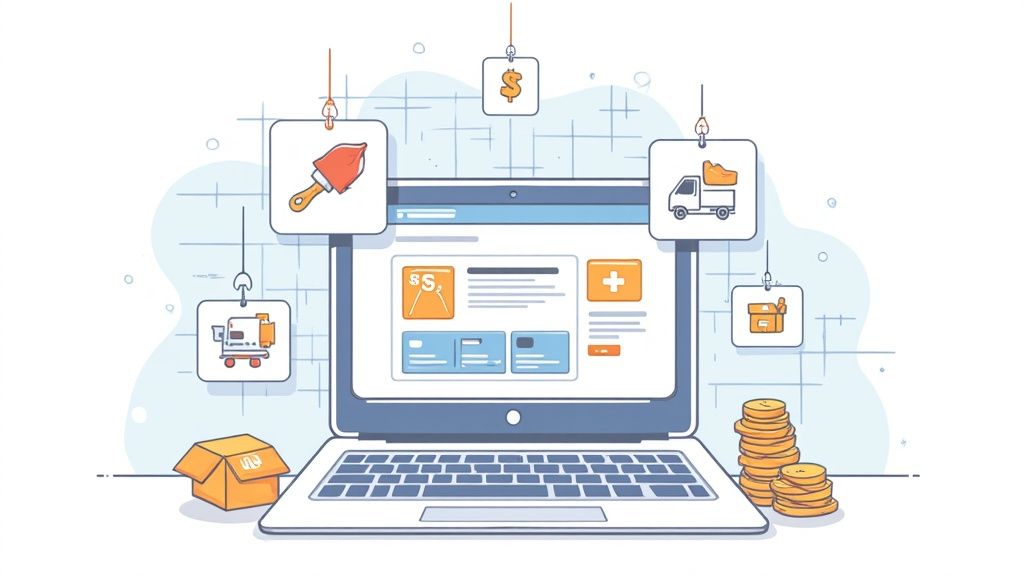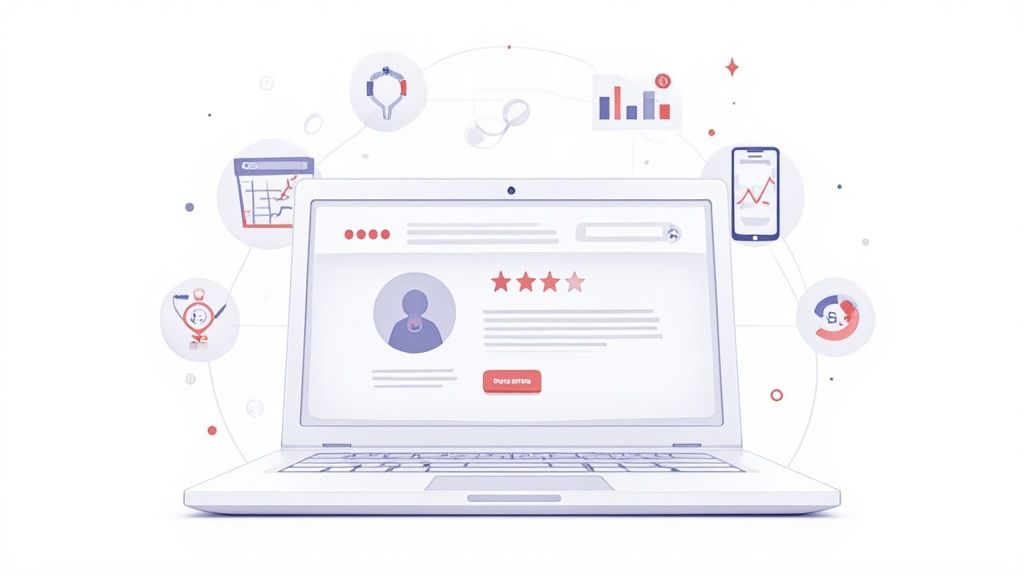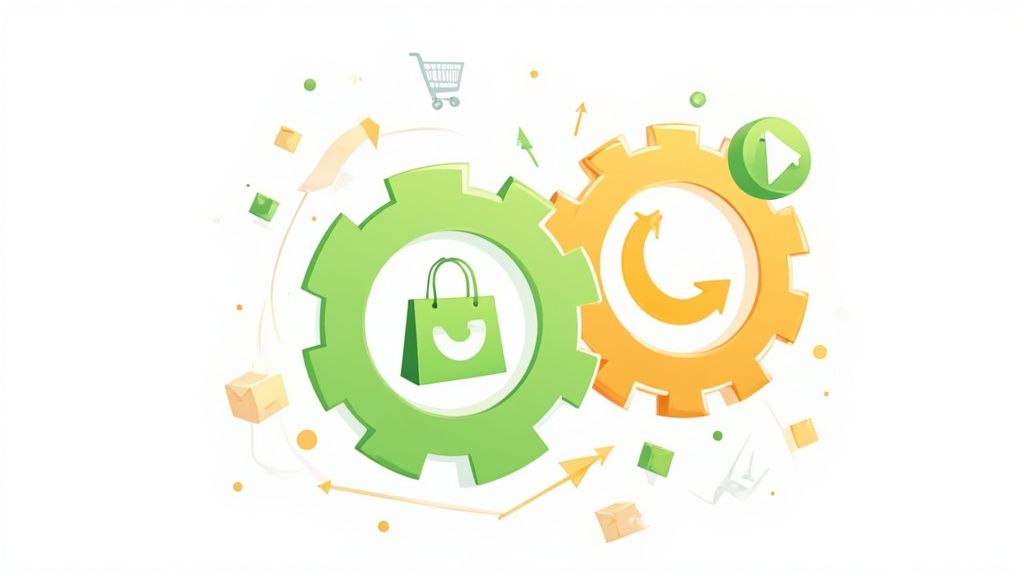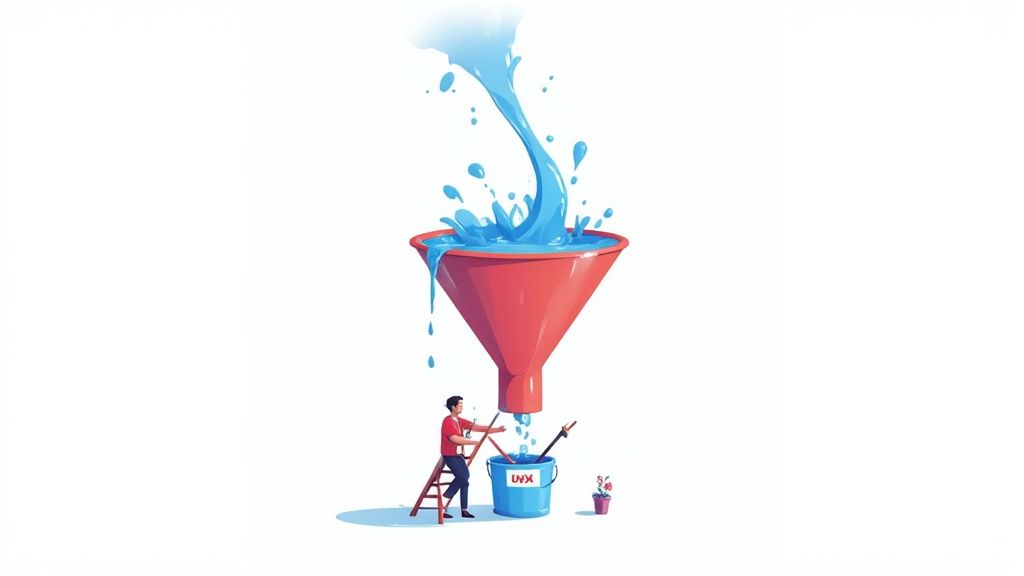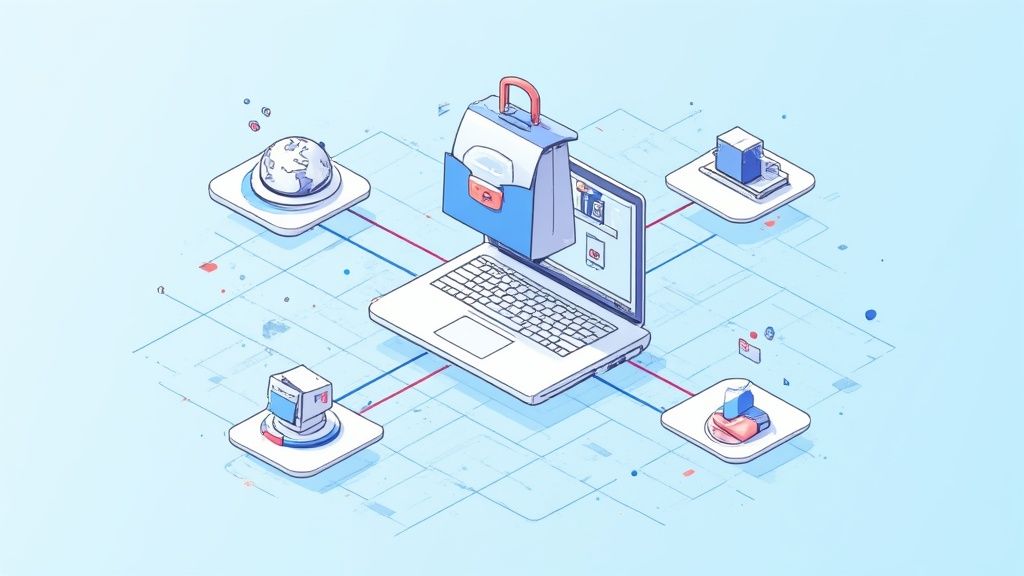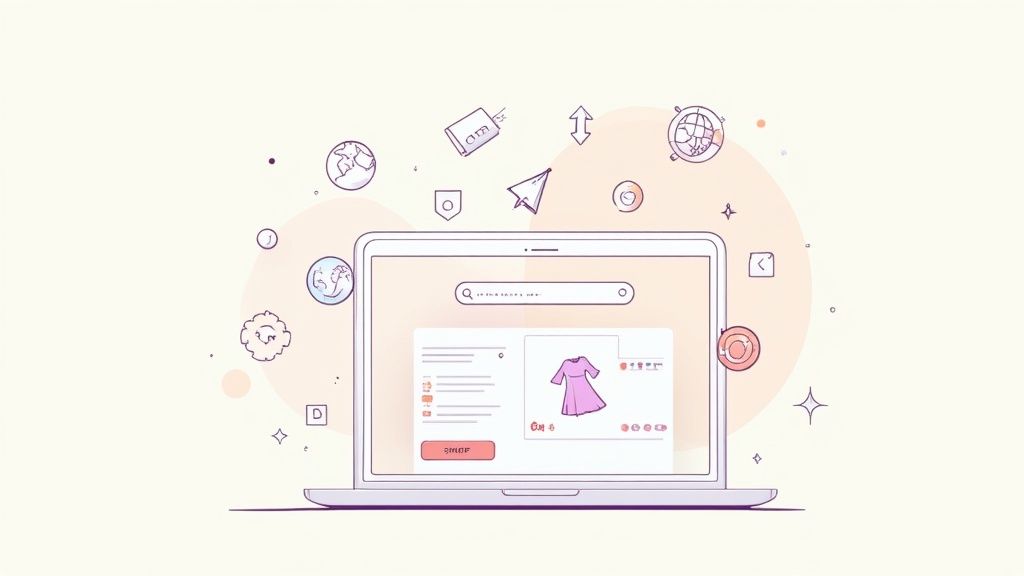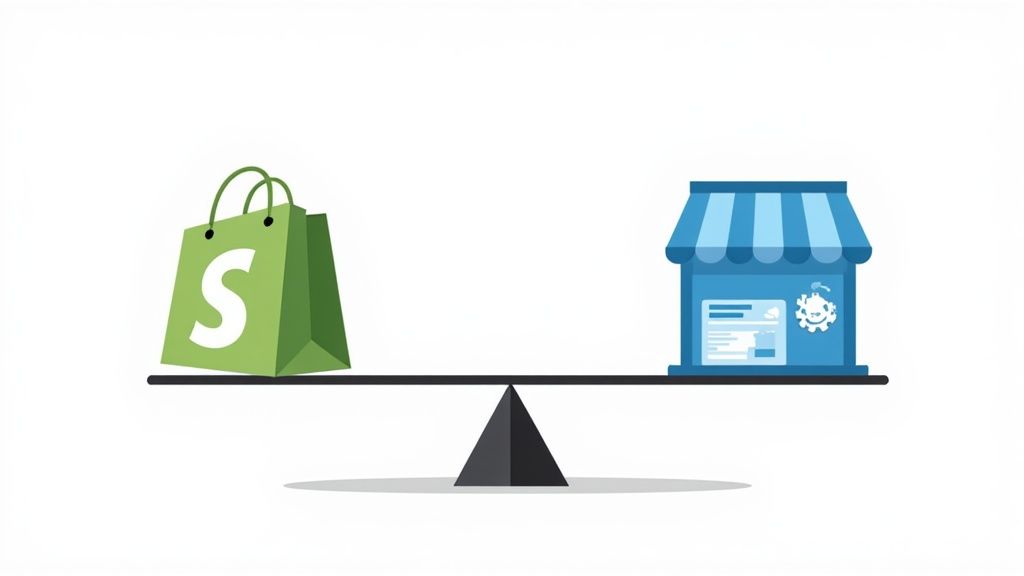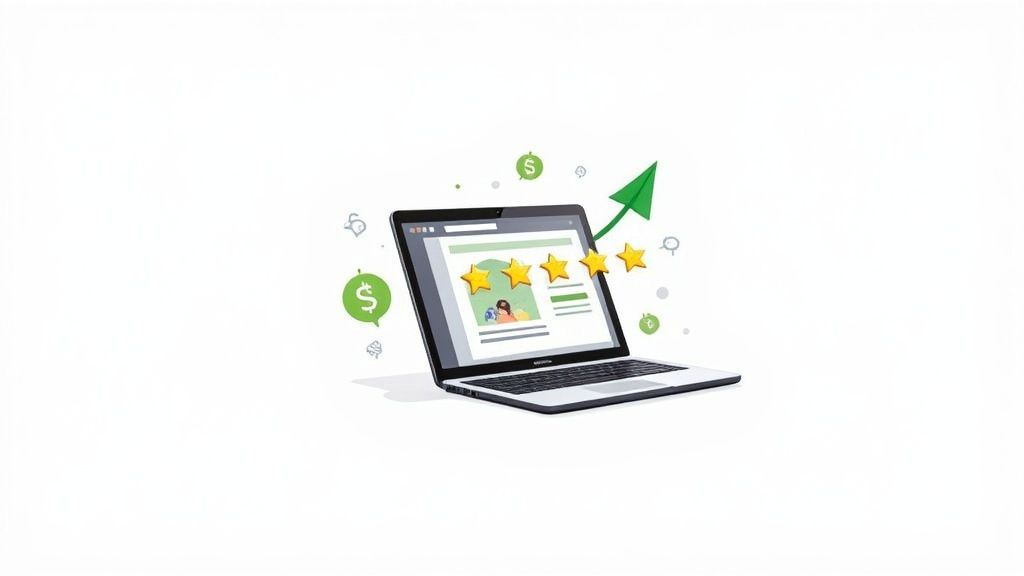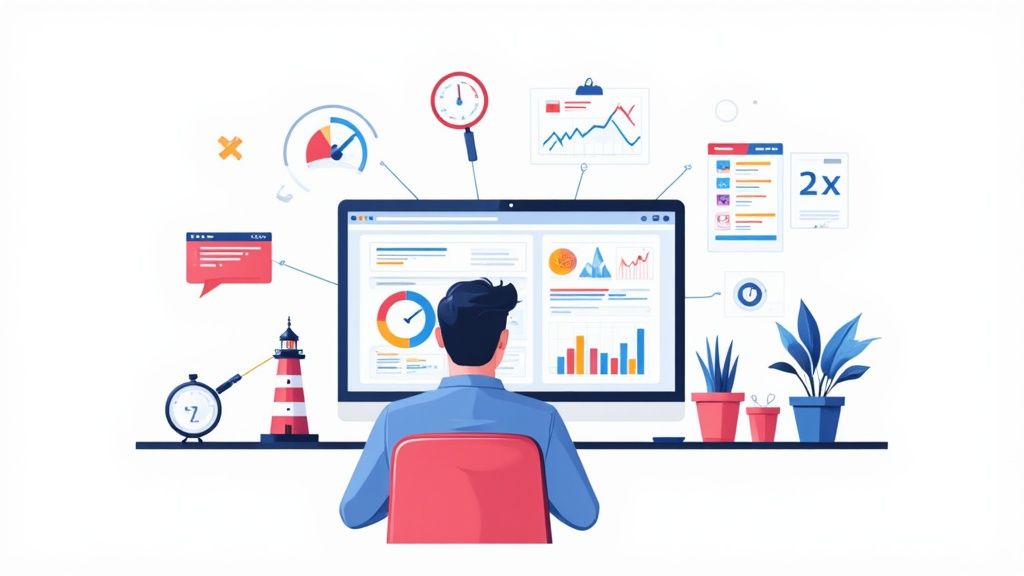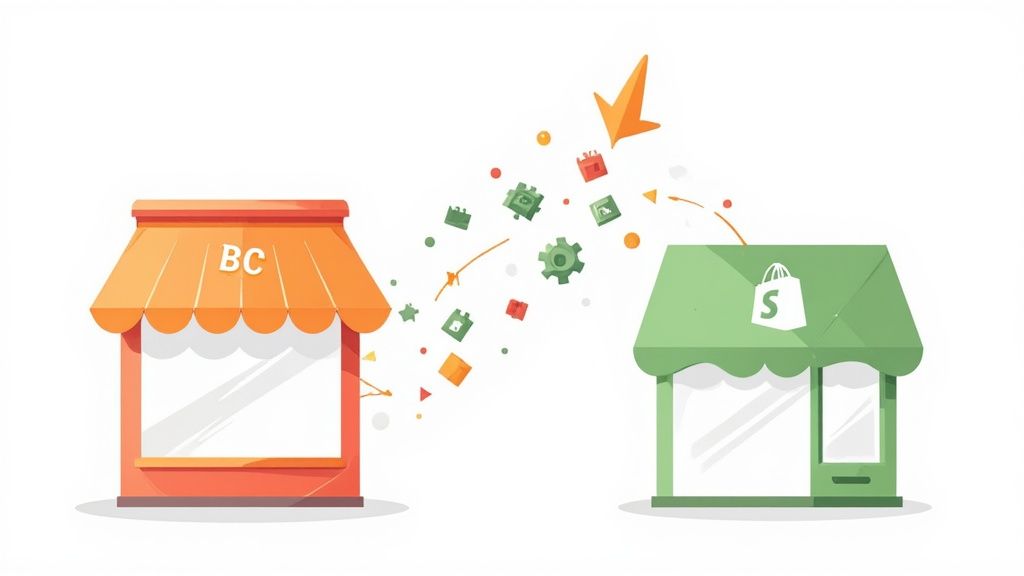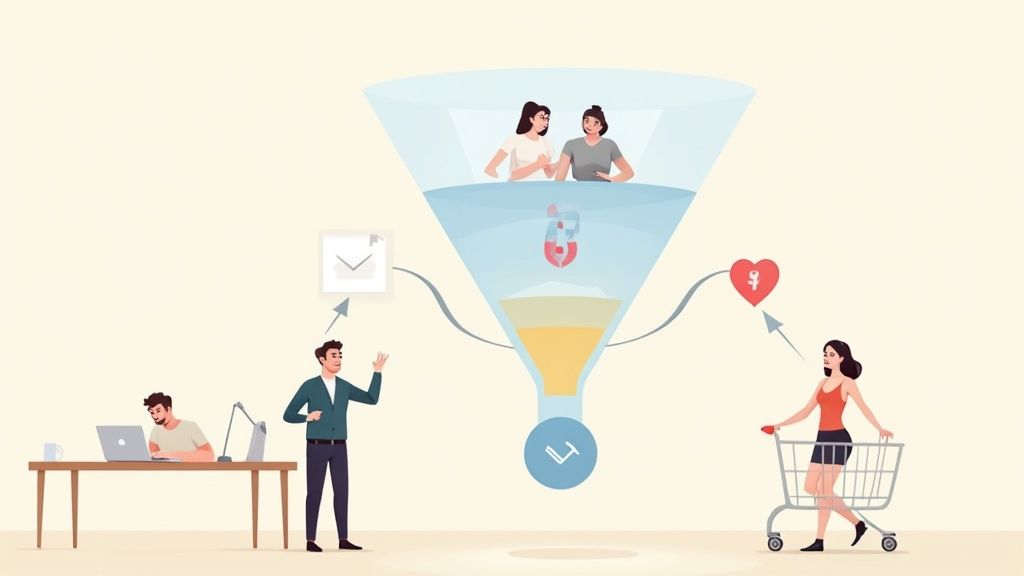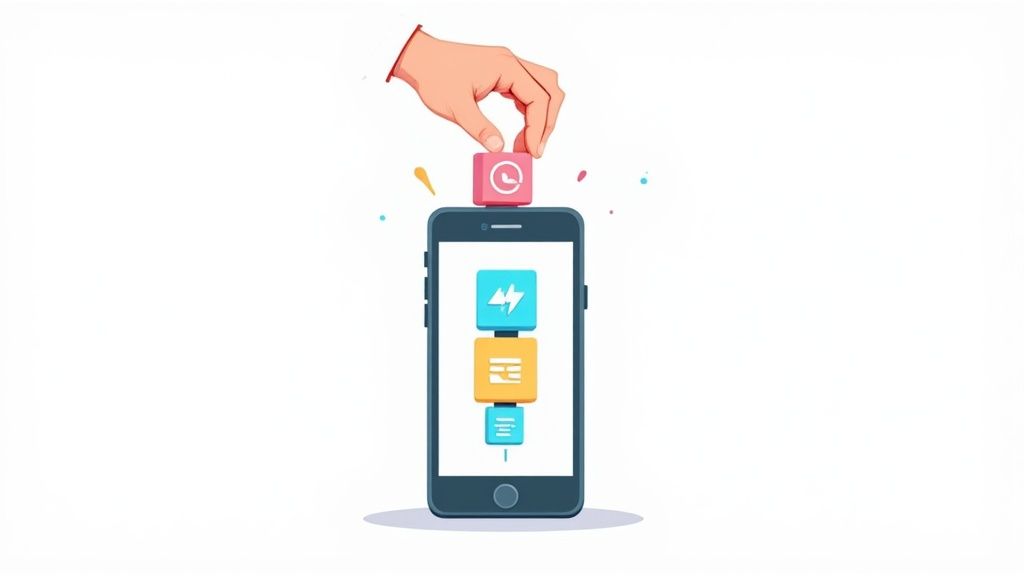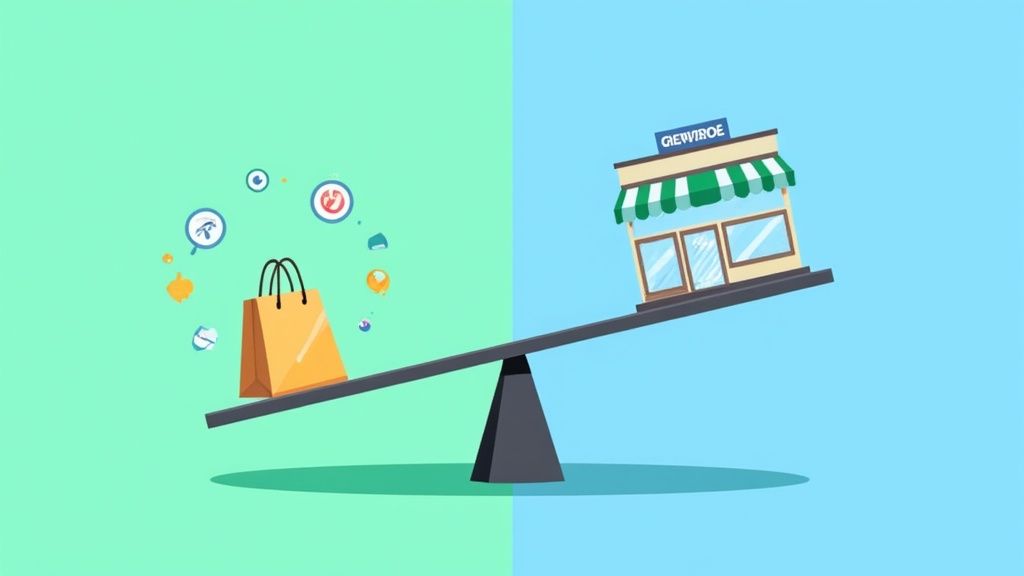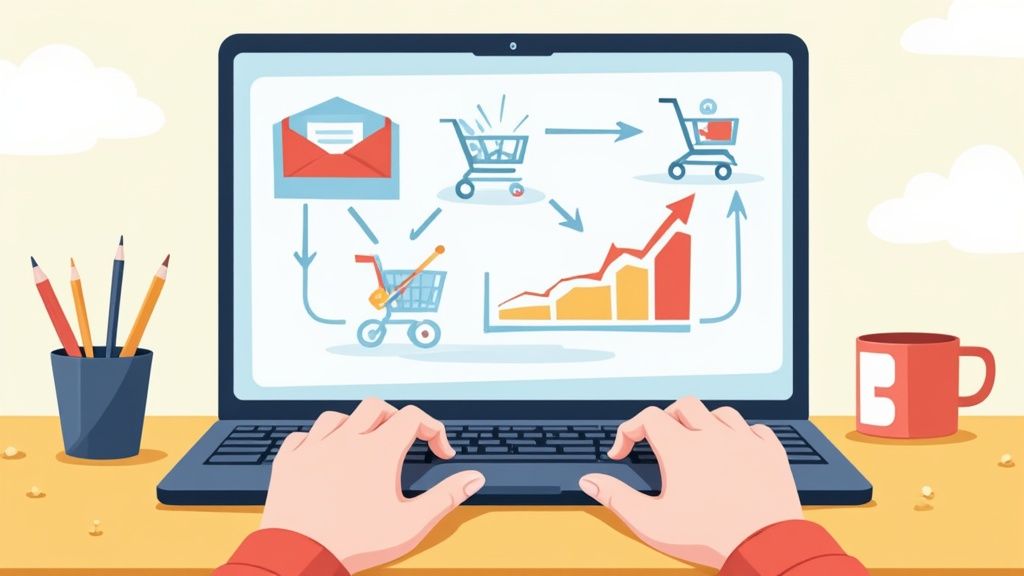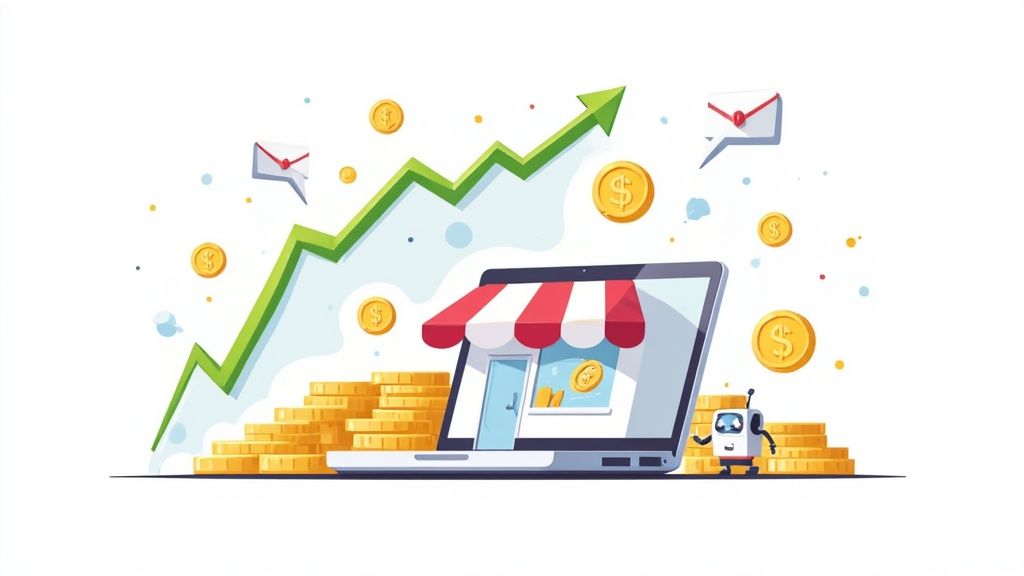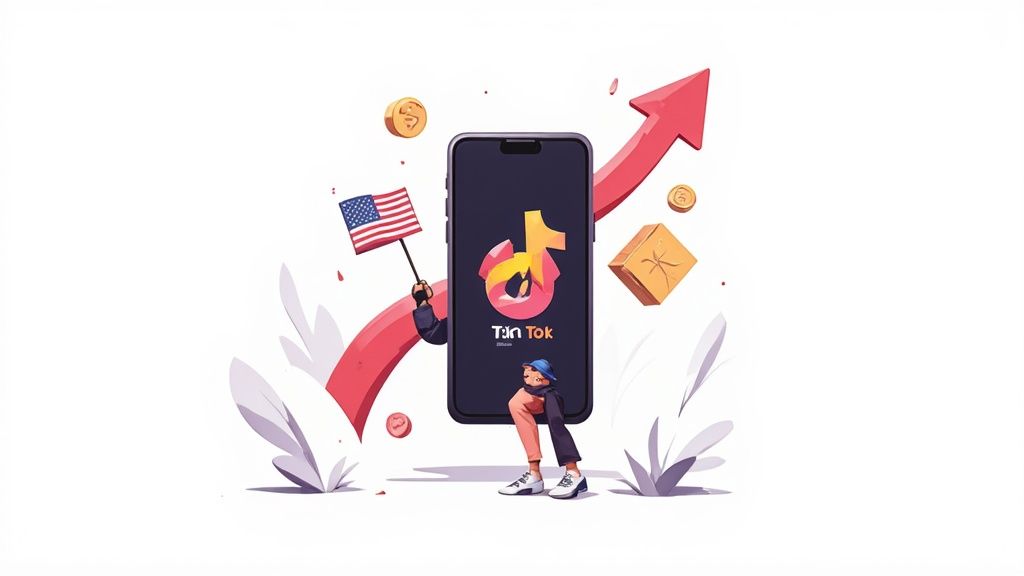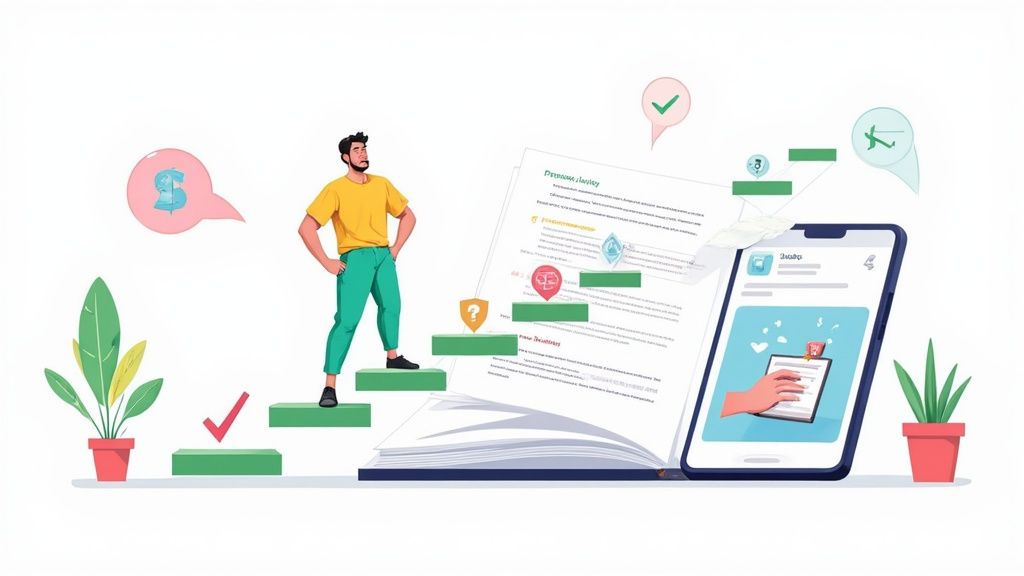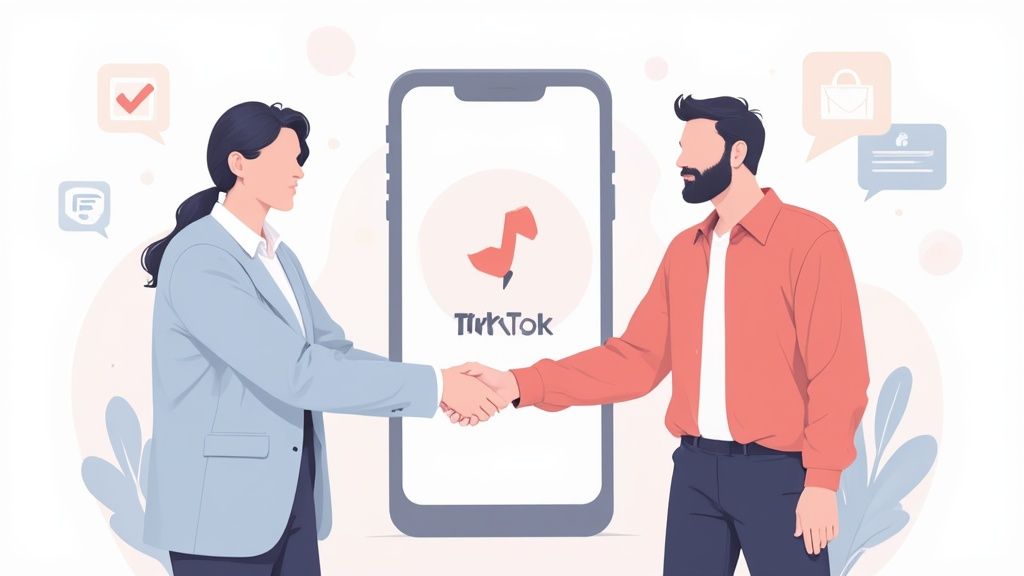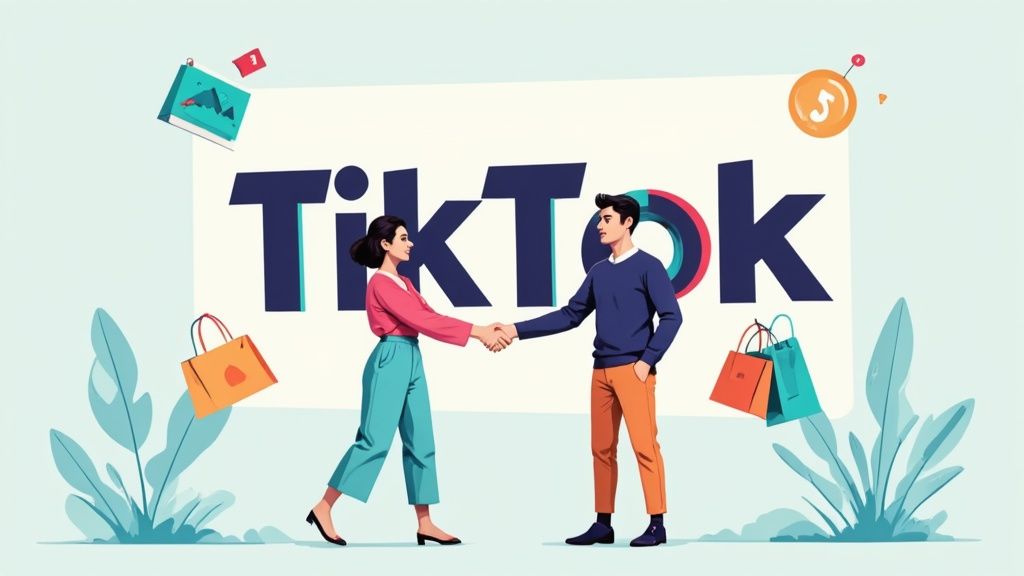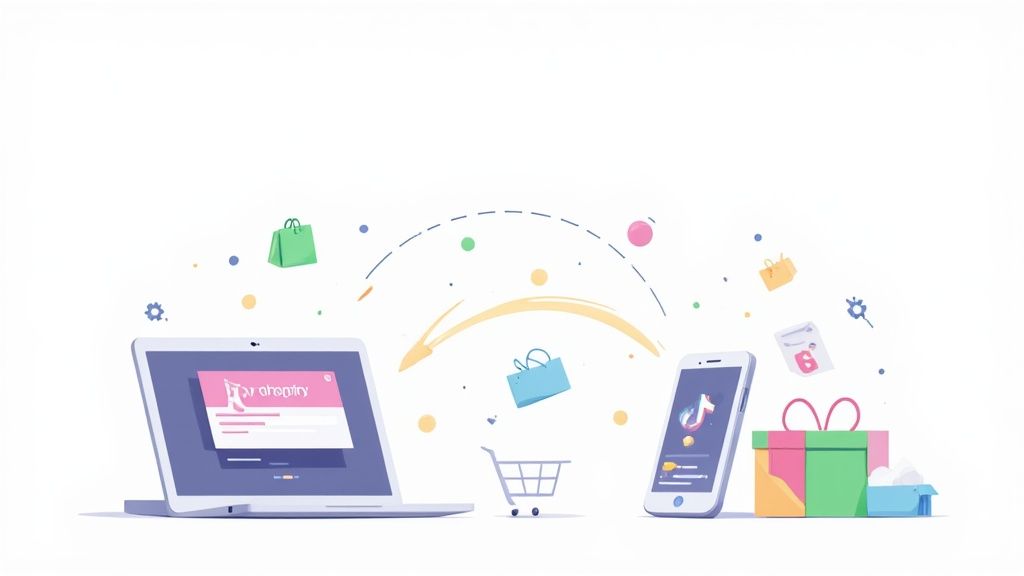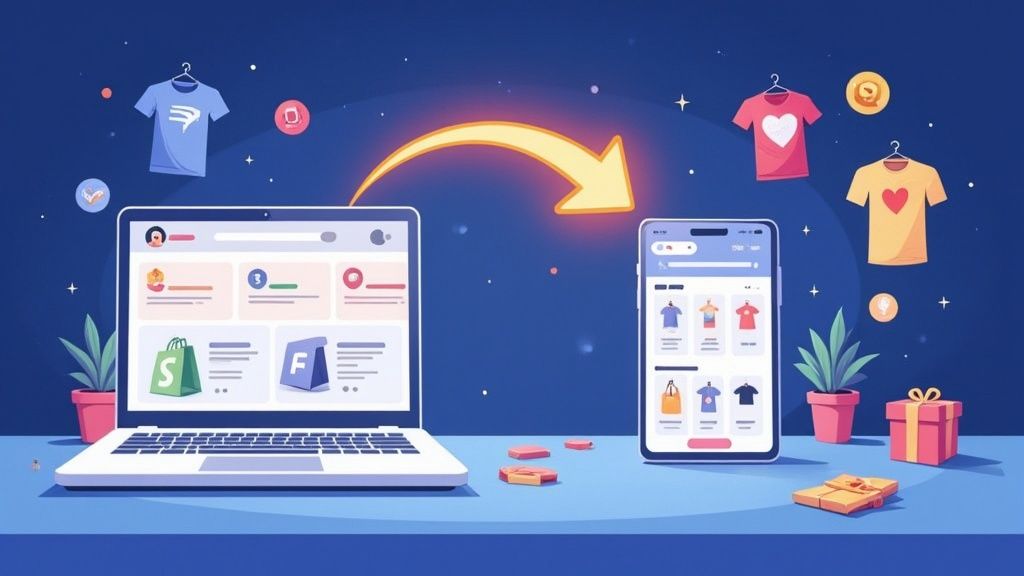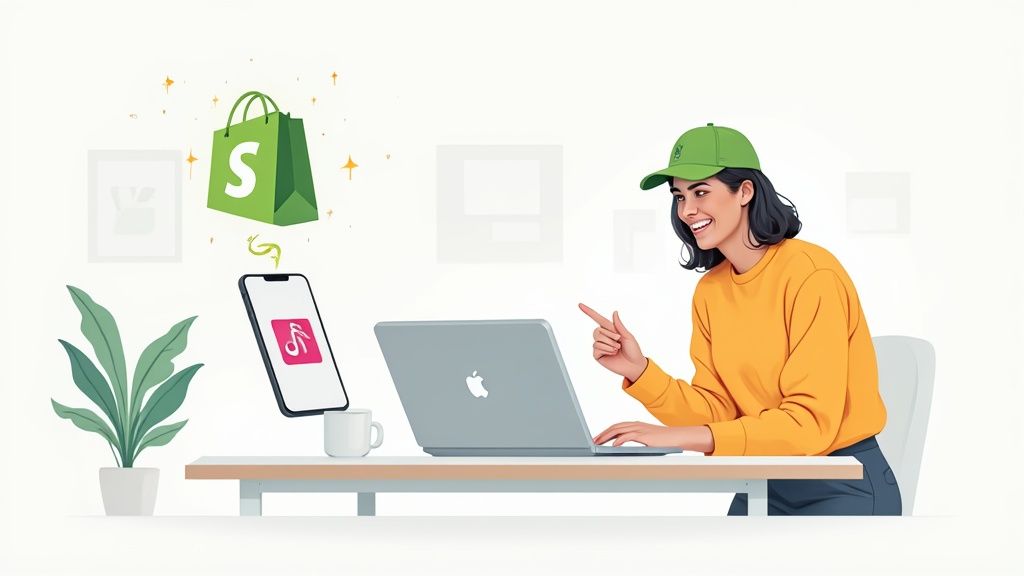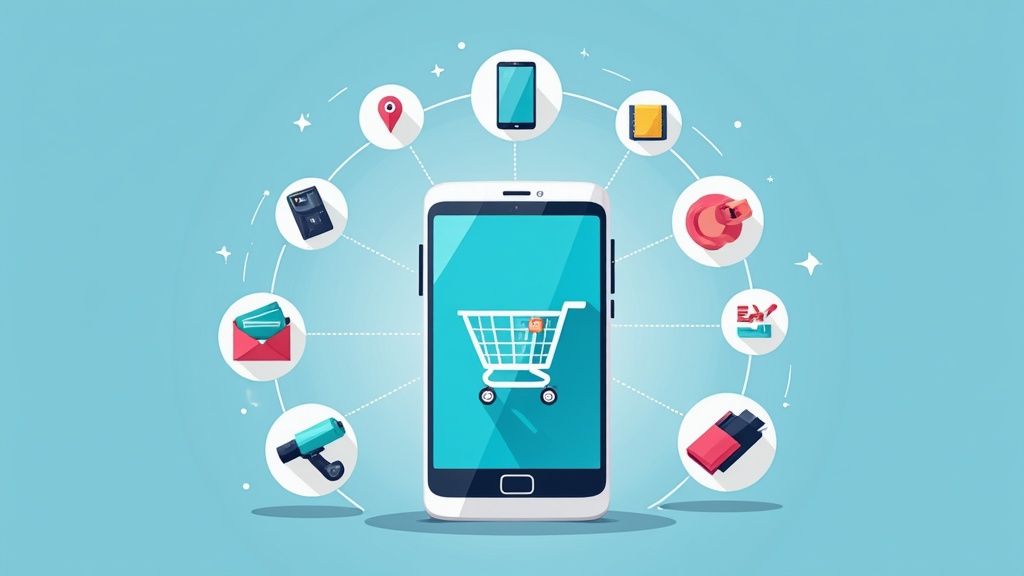

A proven approach for expanding a company's reach, building trust, and raising brand awareness is influencer marketing. One of the best ways to grow your business could be with an influencer marketing campaign.
No matter the size of your company, you can investigate influencer marketing for your products and brand if you are an audience-focused business owner. Emerging influencers frequently offer competitive pricing for marketing your message, making them ideal for new firms with limited resources.
See how influencer marketing can assist you in achieving your business objectives and get detailed instructions on how to launch an influencer campaign here. Examine actual cases from leading internet brands and get expert guidance.
What is influencer marketing?
Brands collaborating with influencers to market a business, service, good, or message to their audience is known as influencer marketing. These are frequently compensated agreements in which the influencer and the brand collaborate to produce digital content. In-kind compensation is also given occasionally; it usually takes the shape of free goods, cash, or savings on pricey goods.

Influencers are celebrities and online creators who have established themselves as leaders in a certain field or who have attracted large followers to their businesses. Influencers produce material for a variety of platforms, such as:
- YouTube
- TikTok
- Blogs
- Twitch
- Snapchat
Instagram continued to lead the way as the best medium for influencer marketing campaigns as of 2022 and is predicted to remain in that position until 2025.
Influencer marketing, which uses the endorsements of reputable public personalities to reach potential customers genuinely, is becoming a more and more popular and successful strategy for brands. Therefore, it should come as no surprise that the influencer marketing sector expanded by over $15 billion between 2017 and 2022.
Benefits of investing in influencer marketing

In one study, 87% of participants claimed that they chose products based on recommendations from influencers. Influencer marketing can assist brands in achieving their objectives, including developing audiences, raising brand awareness, and boosting sales. Here are some other ways influencer marketing may help brands.
Form deeper relationships
Influencers build stronger customer relationships by associating themselves with a brand through genuine presentation and engagement. In recent years, this dynamic of brand ➡️ influencer ➡️ audience has become a solid staple of media consumption.
Naturally, for deeper connections to develop, the influencer's brand and yours must align in terms of values, industry, audience, etc.; however, for optimal effect, your company should also offer value to its audience.
Increase reach
Reaching a larger audience with influencer marketing also has the apparent benefit of potentially increasing reach. The number of people using social media on all of the sites is still growing, but TikTok has had extremely rapid development. By 2025, it is anticipated that over 955 billion users will have downloaded the app.
Notwithstanding this possibility, poorer return on investment (ROI) on some forms of advertising might be attributed to algorithm modifications, ad weariness, and privacy concerns. Brands can connect with consumers through influencers who already have a natural following.
Influencers can help you contact highly specialized people (those with tiny, niche audiences) or a wider audience (think massive audiences), depending on your aims. Of course, greater reach also usually translates into more social interaction.
Increase social engagement
Since social media platforms display postings that your network interacts with, more social engagement frequently results in increased business recognition. Additionally, you will frequently attract more brand champions through influencer marketing if your business is perceived as being adept at communicating in the language of the target market.
If achieving involvement is one of your objectives, pick your alliances and distribution methods wisely. According to one survey, the engagement rates vary depending on the influencer audience size and platform. More specifically, compared to their mega-influencer peers, micro-influencers often have better engagement rates.
Gain higher earned media value
The possibility for increased earned media value (EMV) is the final significant advantage of influencer marketing. The ROI obtained by third-party responses to marketing initiatives is referred to as EMV.
A higher EMV typically indicates more meaningful social connections and more social mentions, both of which can result in better sales. You have a better possibility of raising your EMV when you work with an influencer on your marketing campaigns. According to a report, companies get $6.50 for every $1 invested in influencer marketing.
Influencer marketing examples
Examine a few of the businesses that effectively collaborate with social media influencers to fulfill objectives and attract new clients. Take inspiration from their proven strategies and incorporate what you learn into your influencer marketing campaigns.
Healthish

Influencer marketing is a strategy used by health product company Healthish to advertise its goods. Co-founders Emily Chong and Nathan Chan collaborated with Instagram celebrities to market the company's iconic water bottle when it first launched.
As part of its influencer marketing approach, Healthish sends complimentary items to relevant influencers such as fashion and fitness influencers and other groups that are relevant to its target audience. Then, if they are enamored with the result, these makers post pictures and videos of it online. Nathan explains, "We don't even ask people to post if they don't want to." "All we ask is that if you enjoy the products, please tell your friends, fans, and community about them."
Nominal

Nominal is a jewelry firm that crafts meaningful accessories by fusing fashion and culture. Influencer marketing helped Lena Sarsour and Akram Abdallah, who were lifelong friends and business partners, launch Nominal, which quickly went from a mere notion to a seven-figure company.
According to Akram, "influencer marketing has been huge for us." Of fact, we had no budget at all from the start. We were unable to pay for anyone. What then did Lena and Akram do? Influencers received free jewelry from them. Influencers would promote brands on social media if they liked the products and thought they might be shared.
Nominal would even ask influencers if they could repost their content on the brand’s feed. “Although we didn’t pay them, now we have [branded] content that a lot of people follow and see. We build that credibility through a famous person wearing our product.”
Types of influencers

Though everyone has a somewhat different definition, social media influencers generally fall into one of five categories: nano, micro, mid, macro, and mega. Make sure you select the appropriate influencer at the appropriate level for your project when creating an influencer marketing strategy.
Nano influencers (1,000–10,000)
- Every day individuals with develop personal brands are known as nano-influencers. On social media, they frequently have between 1,000 and 10,000 followers. Their photographs are usually unaltered, and their accounts lack a refined, glitzy aesthetic. They don't work as influencers full-time.
- Nonetheless, there are two reasons why working with nano-influencers is great for expanding e-commerce brands:
- Their fans have a great deal of trust in them, which makes for strong engagement rates.
- They cost less money.
Micro-influencers (10,000–100,000)
A micro-influencer is a person with 10,000–100,000 followers on social media. Of all Instagram creators, 47% belong to this group.
Compared to larger accounts, micro-influencers frequently have more focused and smaller audiences. They regularly interact with their devoted fan base.
Even though micro-influencers are more costly than nano-influencers, they nevertheless offer the same personalized touch when it comes to brand promotion.
Mid-tier influencers (100,000–500,000)
Across all of their platforms, mid-tier influencers have a community of 100,000–500,000 followers. Mid-tier influencers are followed by hundreds of thousands of people, but their target is well-defined. For optimum exposure, a mid-tier influencer would probably work with a fitness company, for instance.
In comparison to larger influencers, this segment is also easier to reach and more reasonably priced. Working with macro- or mega-influencers occasionally requires contacting them via agents or representatives.

Macro-influencers (500,000–1 million)
People with between 500,000 and one million followers are considered macro-influencers. Because they have a great deal of experience in the industry, these influencers are excellent partners for brands. They are aware of who their target market is and what interests them, and they will never betray the confidence of their fans by working with unreliable businesses.
Engaging with macro-influencers has several advantages:
Their readership is extremely pertinent to your business and its products.
Their reach is enormous.
Their procedure for collaborating with brands is streamlined.
The cost of all this comes with a price tag that one source estimates to be between $1,000 and $10,000, depending on the platform.
Mega influencers (1 million+)
Mega-influencers are presumably already familiar to you. These are the well-known figures on social media, having over a million followers.
Mega-influencers such as Mr. Beast, Ryan Trahan, and Unnecessary Inventions can provide your brand with a huge audience. Because of their fame, these celebrities also provide your products with a certain amount of legitimacy. Depending on the influencer, collaborating with one of these people on a single project can cost anything from $10,000 to six figures.
Virtual Influencers
A virtual influencer is a computer-generated character or persona that exists primarily on social media and other digital platforms. Virtual influencers engage with followers, post images, videos, and narratives on social media, and even work with brands on marketing initiatives. This is similar to what happens with real influencers.
The benefits of developing or employing a virtual influencer are indisputable. A virtual influencer won't require breaks since, well, they're not human. It makes sense to think about hiring a virtual influencer if you're attempting to publish and promote material continuously to increase brand awareness. These individuals can post and promote content without compromising basic human requirements like, you know, eating or sleeping. Furthermore, a virtual influencer poses less of a PR risk than a genuine one.
True superstars and influencers make blunders that might affect how the public views your company. You don't run the danger of linking your business to any bad news when you work with a virtual influencer. Furthermore, hiring a virtual influencer could be less expensive than hiring a supermodel or superstar. If your brand is thinking about working with micro-influencers, you can probably locate a real one for less money. It's also important to remember that a lot of the content we view on Instagram is staged, edited, and filtered. In any case, how different is a highly curated version of someone's "real life" from virtual reality?
6 steps to an effective influencer marketing strategy

Locating a social media influencer and reaching an agreement to work together can be a laborious and challenging process. Use this procedure to stay on course for the greatest outcomes:
- Do your homework
- Set a clear brief
- Choose relevant influencers
- Learn how to reach out
- Agree on a collaboration structure
- Maximize the content value
1. Do your homework
You can gain a great deal of insight from the influencer marketing strategies used by other companies. Find out what works for them, observe what kinds of content receive the most engagement, and draw inspiration from the many kinds of content they produce. Make use of an app like Hootsuite to view your Instagram account's data and compare them to those of other users.
Investigating brands that are not your rivals but might belong to the same audience is also a smart move. Assume you manage a watch company such as Shore Projects. You may keep an eye on the Herschel Supply Co. line of backpacks and accessories.
While the two brands sell different products, their customer base is similar. You can watch and see which influencer campaigns are working for the brand and pull inspiration for yours.
2. Create a clear brief
Giving the influencer creative freedom to create material they know their audience will adore helps increase the success of your campaign.
Rather than giving them the precise photos, descriptions, and hashtags you want them to use, it's preferable to allow them—the authorities on their audience—to develop a genuine and compelling campaign for you.
It's crucial, nevertheless, that your brand is still appropriately portrayed. Give the influencer a synopsis of your goals, an overview of your company, or even a mood board to help with the campaign.
3. Choose relevant influencers
Upon having a well-defined goal in mind, the subsequent course of action involves identifying pertinent influencers. Making the incorrect choice here can be costly, so it's worth taking a little longer to consider your options.
Every market contains influencers. There are probably a lot of excellent options available, whether your interests are in fitness, travel, fashion, or lifestyle. Searching for posts with high interaction on Instagram using the leading hashtags in your industry is one of the key ways to locate influencers that suit you.
An excellent location to begin your influencer marketing journey is with a service like Shopify Collabs. You can search for influencers by industry and other criteria to locate those who are willing to work with businesses.
“A lot of people will make the mistake where they’ll spend money or send products to just about any influencer, anybody that has a lot of followers,” says Akram. “It’s not the best strategy, and also a waste of time and money.”
Their endorsement will feel more genuine the better the fit. Furthermore, the audience of the influencer is more inclined to heed that advice if they perceive the endorsement as being more genuine.
That's the power of a brand and influencer that work well together, as demonstrated by this innovative cooperation between Tosh Snacks and well-known dietitian Amanda Holtzer.

It goes beyond audience size. The audience of the influencer must be involved. Sincere compliments are a more significant indicator of a robust social media following than likes on their own.
4. Learn how to reach out
The biggest error that many brands make at this point is either not knowing how to contact the influencer or, if they do, misplacing their brand in the pitch.
For larger influencers
- Working with macro-influencer representatives, most likely their manager and agency is necessary to effectively set up an influencer marketing deal:
- Agents: An agent's duties include contract negotiations and employment placement for their clients.
- Managers: A manager's primary responsibility is to counsel clients on professional matters, which implies that they have the power to seal or break a possible agreement with an influencer. Consider managers to be the CEOs of the companies they represent; you will need their support for any possible collaboration with the influencer you are trying to reach.
For smaller influencers
One advantage of focusing on micro-influencers is that you may get in touch with them directly, bypassing their agents. Some brands prefer to collaborate with micro-influencers because of this direct access.
Naturally, the difficulty lies in locating suitable micro-influencers in the first place rather than knowing who to call because they are less well-known than macro-influencers.
With the help of these influencer marketplaces, you can find micro-influencers and filter possible matches according to audience size, industry, and area of interest. You can also search for influencers using keywords directly from their social network biographies.
How to structure your outreach message
Sending a succinct email through agents or managers is the most effective approach to getting in touch with major influencers. Micro-influencers can typically be contacted directly or through direct messages on social media. For them to determine whether or not to discuss the possibility further, you aim to address all of their inquiries in a single message. Keep the important details in your initial email:
- Who are you interested in? (For macro-influencer agents only.)
- What do you want them to do—and on which channels?
- When do you need a response?
- Why do you think your brand is a good match for their client?
You must demonstrate to them how well your influencer and brand complement one another. Keep in mind that managers are concerned with the long-term professional success of their clients, so be ready to convince them of the benefits of an influencer connection with your company.
Following up and following through
Influencers and their reps are quite busy, so don't be disheartened or think they aren't interested if you don't hear from them straight away. Sending a follow-up email to remind them is OK.
Just watch when you send it—if you send it too soon, you run the danger of coming across as demanding, and if you send it too late, it appears as though you have little interest in collaborating with that influencer.
Five to seven business days after sending your initial email is a decent guideline for following up; if another week passes and you haven't heard back, proceed to the next influencers on your list.
The deal will be handled by the macro-influencers representative if you are collaborating with them. Working with micro-influencers typically entails direct interaction. Either way, the paperwork should be simple if you've made it clear to the influencer what you expect from them and what they will receive in return.
5. Agree on a collaboration structure
You must get in touch with the influencers you like to collaborate with and decide on a structure for your partnership once you've located them. Generally, there are six main points that you should try to negotiate:
- Time frame. Be clear about the deadline and emphasize how important it is that they meet it.
- Output. Make it plain to them what you expect from them. For instance, two pieces of content—one to be used at your discretion and the other to be posted on the influencer's account with a mention of your business.
- Payment. The majority of the top influencers will charge for their services. On rare occasions, they might be open to haggling or accepting a complimentary good, service, or event in exchange for that charge. Remember that you are paying for a variety of services when negotiating a price, including access to their audience, usage rights, and content development.
- Sponsored hashtag. Regulations on sponsored content are varied around the world and change all the time. Err on the side of caution and use #spon or #ad.
- Campaign goal. Make sure everyone knows exactly what you hope to accomplish with the influencer campaign. To boost purchases, that may be as easy as growing your account's following or encouraging users to click through from their Instagram bio to your website.
6. Maximize the content value
Repurpose sponsored Instagram content for other channels to get more value out of it. Here are three strategies to optimize the value of influencer content:
- Publish it on a product page. Not only does this make product pages look great, but it adds social proof and can even lead to real customers submitting their content as well.
- Publish it as a Facebook ad. Add influencer content to your ads to mix it up and test results. “By using influencer content, we are now able to refresh our ad units regularly,” says Shore Projects co-founder Neil Waller. “On top of that, using influencer content has improved our conversion rate by 19%.”
- Publish it on social media. User-generated content is often more relatable, engaging, and shareable. It also reduces the amount of time it takes to produce original content for your Instagram account.
Protect your brand: tips for Instagram marketing campaigns
When collaborating with influencers, follow these best practices to avoid getting burned:
- Refrain from paying the influencer in full until the work is completed and up to your standards. Influencers can be paid with an advance payment (often 50%), with the remaining amount due after the job is finished. This payment plan offers you an extra degree of security and lets the influencer know you can afford to pay for their services.
- Collaborate with influencers who are engaged in the marketplace or use an influencer marketing firm; they will be more inclined to fulfill their commitments as negative reviews may hinder their future employment opportunities.
- Make sure there are no concerns regarding an influencer's work on influencer marketing campaigns with previous customers before you sign a contract with them.
Influencer campaign payment structures

Let’s look at the most common payment structures and considerations for influencer endorsements on social media.
Licensing and rights to content
An influencer's personal social media account is where they typically post about a business or product as part of an influencer marketing campaign. Given that your product or brand is mentioned in the post, you may believe that you are the owner of the rights to it. In reality, though, the owner of it is the content creator.
If an influencer posts about your brand on their account, you might need to pay a licensing charge to use that content on your own social media accounts. Reaching an agreement that grants your brand ownership or unrestricted usage of the content can be feasible.
Pay per post
"Pay per post" payment arrangements are the most common. You pay the influencer a specified sum of money for a predetermined number of posts under these agreements. Several variables can affect the price of these partnerships, the largest of which is the size of the influencer's audience.
The type of post the influencer is creating might also affect the cost per post. A travel blogger with over 100,000 followers, for instance, charges $1,000 for each "static" (i.e., no video, no slideshow) Instagram post, but only $200 for an Instagram Story post.
If you’re not sure whether you can afford a traditional pay-per-post deal, a temporary post can be a cost-effective option. But you get what you pay for—since Instagram Stories last for only 24 hours, odds are your campaign will have less visibility with your influencer’s audience.
Link in bio (add-on)
In link-in-bio partnerships, the influencer posts a link to your brand's website in their social media bio. This link can bring direct traffic to your website and remains pinned to the top of the influencer's profile or account page. With Shopify's Linkpop, you can create a unique link page that will appear in your social media bio.
Although the cost of these can be unpredictable, most influencers charge up to 40% extra for the add-on because it improves the visibility of your campaign even more when there is a link in their bio.
Multi-platform influencer campaign
A multi-platform campaign is something you should think about if you're targeting an influencer who has a sizable following across several social media platforms. In this scenario, the influencer would share a single post across all of their accounts. This can raise your profile, and a lot of influencers provide package deals for campaigns across many platforms.
Free product as payment
Setting up this kind of agreement usually requires more work since you have to identify an influencer who truly likes your items in addition to someone you think would be a good fit for your company. Larger influencers typically demand cash and won't take offers that are merely in-kind.
Commission
A commission payment, which typically takes the form of pay per lead, pay per sale, or pay per engagement, is an additional choice for compensating the influencer. As a result, rather than having to pay a fixed charge to reach their whole audience, you only have to pay if their recommendation results in a sale, a new referral, an engagement, or any other success metric that you've chosen.
Although most influencers would prefer not to be paid on a commission basis, the commission structure helps guarantee that you're just paying for outcomes. In their opinion, there's no reason to exert effort towards endorsing a brand if there's no assurance they would receive payment for their services.
Platforms for influencer marketing
One of the primary obstacles for brands doing influencer marketing campaigns is still finding the right creator partners. A growing number of businesses and apps have emerged to help streamline the influencer marketing process as it has gained popularity.
To help with campaign management, several also provide extra features like marketplaces, analytics, affiliate program management, and relationship management tools.
The following are some of the top resources for locating influencers who align well with your brand:
Shopify Collabs

Through its influencer marketing platform, Shopify Collabs, ecommerce firms may connect with social media producers.
A variety of tools are available on the platform to assist you in developing sincere connections with creators. You can track sales produced by creators by creating individual discount codes and referral links, and you can offer them products and discounts straight from your Shopify store.
With Shopify Collabs, you can locate creators that complement your brand and extend an invitation to them to join your affiliate network. From your application page, creators can also submit a direct application. You can monitor the effectiveness of your affiliate program and the creators and items that are generating the most revenue with the use of clear and concise analytics.
Grin

One of the top programs for influencer marketing e-commerce firms is Grin. On social media sites like Instagram, TikTok, Snapchat, YouTube, LinkedIn, and Twitch, it provides 37 million influencers.
Grin provides everything from content management and payouts to reporting and analytics, as well as relationship management tools to foster genuine relationships with influencers. To manage shipping logistics for sales generated through influencers, it also interfaces with Shopify.
Upfluence

Upfluence is a self-serve influencer discovery platform utilized by companies such as Amazon, Verizon, Universal, and Zappos. With more than 20 sophisticated search parameters, you may determine influencers who meet your requirements and establish your fees. The platform analyses audience size, engagement rates, posting behaviors, and other factors to provide you with access to influencers' performance metrics.
You can also find prominent clients and supporters using Upfluence. When a visitor shops on your website, it gathers information, examines their social media profiles, and adds them as affiliates for your campaigns. Upfluence can help you conduct campaigns more effectively and optimize your return on investment from influencer marketing, regardless of the size of your company.
Creator.co

With over 500 million influencers to choose from, Creator.co is a more recent influencer marketplace. It is referred to as an automation tool for connecting emerging brands with relevant online influencers.
With Creator.co's self-service option, you may manually locate influencers. Additionally, it provides a "hands-free" alternative where you specify the desired campaign and influencer, and its automatic technology determines which one best fits.
Throne

Throne is an all-in-one wishlist builder for content creators. Creators use Throne to let their fans support them in the most engaging and secure way imaginable. Create your wishlist, add items superfast, and go live within seconds! It's as easy as it sounds!
Join Trhone and explore Creators wishlists: https://throne.com/
Improving your social media marketing with an influencer strategy
Without question, influencer marketing can help your company. To increase sales for your company, it can assist in locating possible clients and influencing their purchase decisions. Influencers have the power to enhance your brand's reputation and increase a target market's desire for your goods.
With this book in hand, you'll be well on your way to expanding your brand's reach, gaining more social media followers, and expanding your online business.






